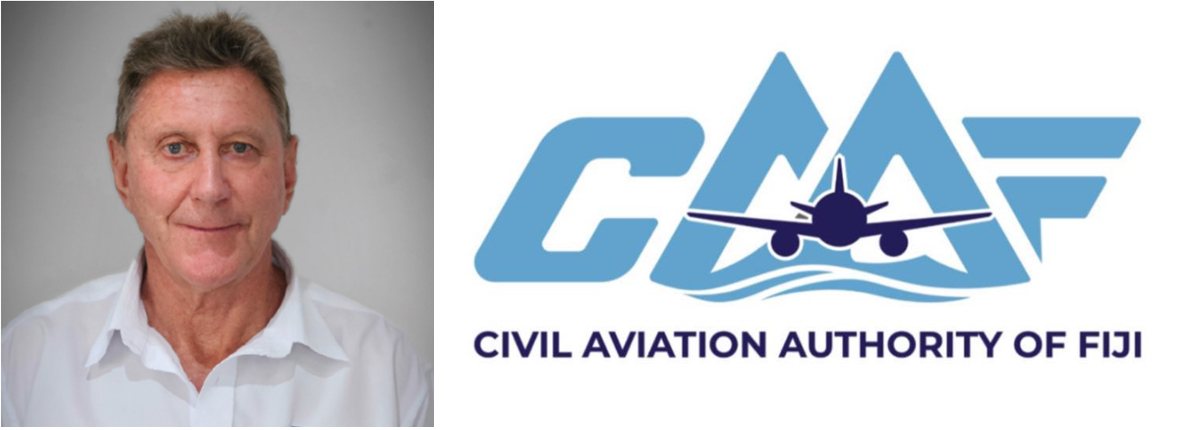A MAJOR dispute has erupted between the Joyce Aviation Group (JAG) and the Civil Aviation Authority of Fiji (CAAF) after the maintenance certificate for JAG subsidiary, Sunflower Aviation, expired and was not renewed.
The Ministry of Tourism and Civil Aviation issued a statement yesterday confirming the non-renewal of Sunflower Aviation’s Aircraft Maintenance Organisation Certificate (issued under the Air Navigation Regulations Part 145C), which expired at midnight on November 22, 2025.
The statement cited a CAAF finding following a comprehensive regulatory assessment in which CAAF identified significant and recurring safety non-compliances by the operator.
While the ministry stressed that safety was the highest priority and cannot be compromised, Joyce Aviation Group (JAG) chief executive officer and managing director Captain Tim Joyce has rejected Government’s public safety assertions and accused the ministry of issuing a misleading statement.
However, CAAF maintained its stand in emphasising he importance of a credible, safe, and internationally respected aviation system. It also acknowledged the impact of the non-renewal but stated that safety must come first.
“The Fiji Government emphasises that the safety of Fiji’s travelling public remains our highest priority and cannot be compromised under any circumstances,” the ministry said.
“We acknowledge that the non-renewal of this certificate will have flow-on effects for maintenance activities, training programs, and associated operations. These impacts are recognised. However, no operational or commercial consideration can override the requirement to meet safety standards set out in Fiji’s aviation laws.”
But Captain Joyce argued that the issue was not a safety breach but an administrative technicality which would affect students, families, and workers without factual justification
”We respectfully reject the claims and implications contained in the press release and assert that the public was misled about safety risks,” Captain Joyce said.
”We categorically deny that any aircraft maintained by Sunflower Aviation was unsafe, improperly released to service, or presented risk to the public.”
”At no time has CAAF produced, issued, or documented any finding that an unsafe aircraft was operated by Sunflower Aviation.”
CAAF, however, stated that its determination was made independently, in accordance with its statutory mandate, and is open to a verifiable corrective action plan.
”Any future consideration of a licence will depend entirely on whether all identified deficiencies are fully resolved, independently validated, and demonstrated to comply with the regulatory framework.”
But Captain Joyce claimed the decision was based solely on CAAF’s interpretation of a documentation technicality concerning the release to service of a Cessna 172 operating private flying training at Nausori Airport, which remains fully airworthy.
”The minister’s statement omitted the actual grounds claimed by CAAF for non-renewal. The decision was based solely on CAAF’s interpretation of a documentation technicality concerning the release to service of a Cessna 172 operating private flying training at Nausori Airport.
”The aircraft was returned to service by a properly licensed and qualified CAAF LAME (Licensed Aircraft Maintenance Engineer) with the Cessna 172 type on his license. The aircraft in question passed all required maintenance procedures and remains fully airworthy.
”Therefore, the issue raised by CAAF is not a safety concern, but an administrative issue.”
JAG argued that CAAF’s non-renewal without due process violated key legal principles.
”CAAF’s sudden non-renewal without a show-cause process, corrective negotiation, or reasonable notice violates principles of natural justice, due process, legitimate expectation, proportionality.”
”The Ministry’s press release wrongly equated a technical dispute with public danger. No unsafe aircraft were ever operated by Sunflower Aviation, and no finding of that nature exists. The public deserves truthful, evidence-based communication, not vague insinuations of risk.”



